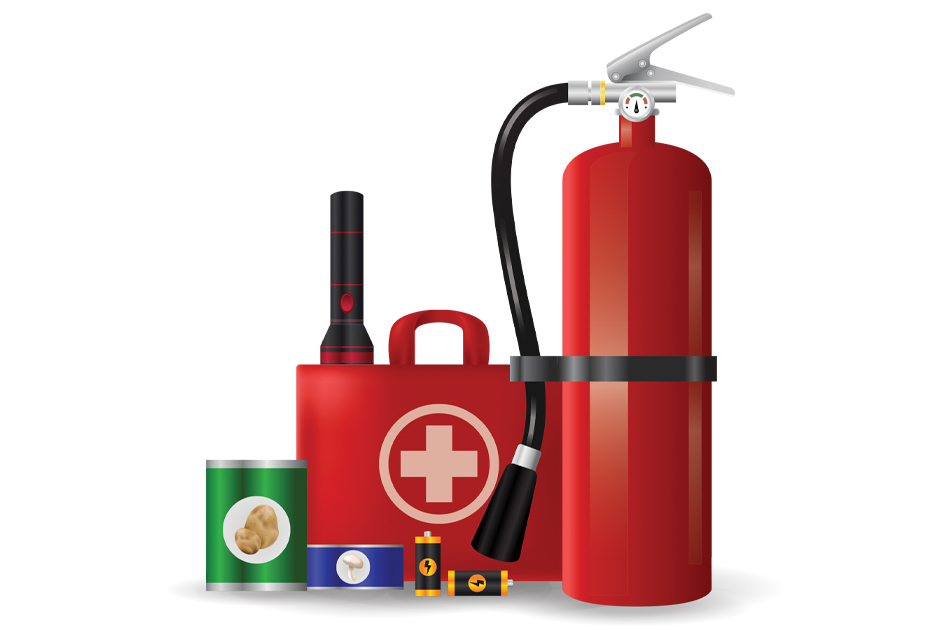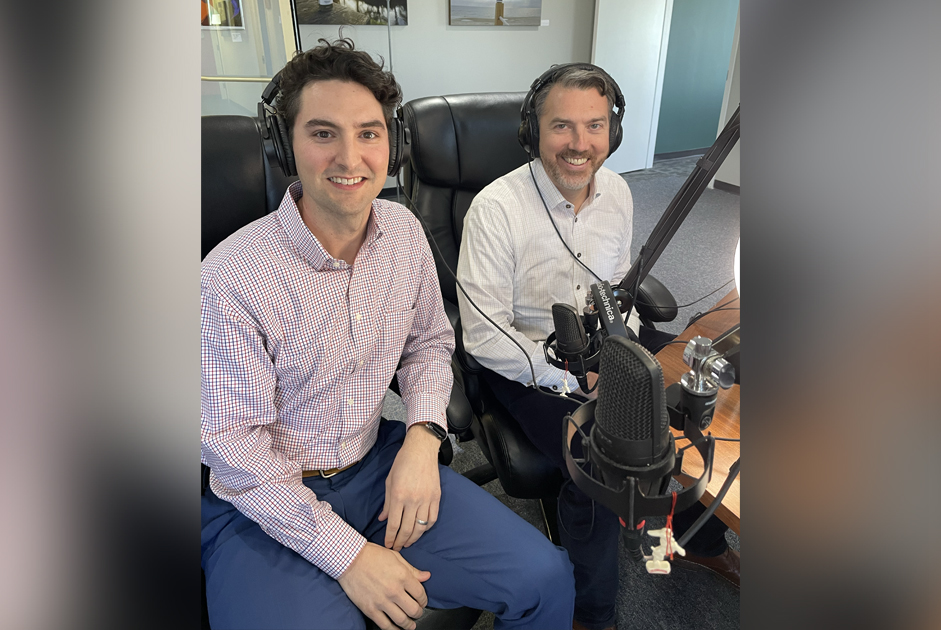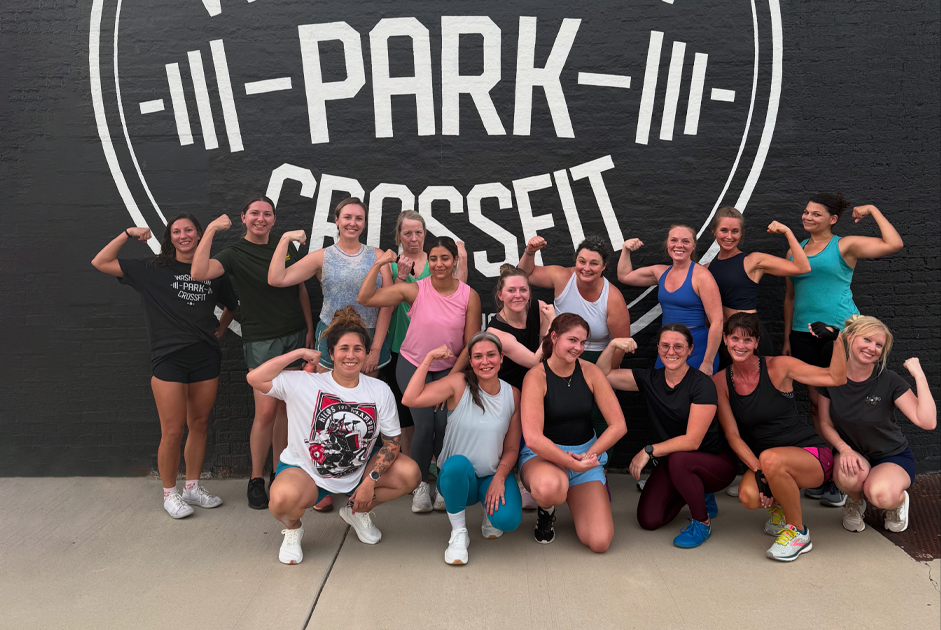Every morning, green eyes stare into the full-length bedroom mirror and brows frown. Emily, a sophomore, sees only her imperfections. It becomes routine to scrutinize her body, piece by piece, and compare herself to other girls. “I look disgusting,” she tells herself, “Why is everyone else so perfect?” Emily, along with millions of other girls, wants to be so much more without accepting one secret—she already is!
Airbrushing and Lighting
With every turned page of a fashion magazine or passing minute of a video, teenage girls understand one fact—models have the ideal, perfect body and flawless skin. They are correct! The average model weighs 25% less than a healthy woman. Combining a wide-collection of hairstylists, makeup artists, photographers, and time before and post-production, the image is a construction. Despite its power and influence, it also has a superficial quality. The tall, slender figures that we are biologically programmed to define as beautiful are unrealistic. If models admit to having insecurities about their looks, even the most beautiful body and face must fear not being enough!
Statistics Paint a Brutal Truth
Every week, teenage girls spend 31 hours watching television, 15 hours online, and over three hours looking into the mirror. An eye-opening 80% find their appearance dissatisfying. And, one out of four girls admits to intentionally missing meals as a means of dieting. Julie, age 15, shares, “Makeup and body products are supposed to help build our self-esteem; but when you look at the models, I wonder if I am supposed to look like that? I kind of want to. I get down on myself because I just want to look like that; so, I buy the products because it makes me feel better.”
Girls Under Age 10
For 4000 years, dolls have been a beloved part of human culture, whether designed from paper or corn husks, fabric or wood, porcelain or vinyl. Mattel manufactured the first modern fashion doll in 1959 under the name of Barbie. For six decades, young girls saw their body image formed through long legs, a slim waist, perfect clothes and accessories, and attractive friends. The truth is, the fundamental design of Barbie’s body would break in a human. One detriment is a weakened back; she would have to walk on her hands!
Statistically, 81% of girls under age 10 are afraid to be fat. Sophie, a fourth-grader, shares, “Most of the girls in my class are tiny and I don’t like my weight. I don’t see myself as big. I just want to be skinny.” Roughly, 42% of Sophie’s age group wants to be thinner. By the time girls reach the age of 13, the statistic grows to 53% and as high as 80% by 18.
Change the Mindset
Whether you are a termed a “young lady,” “teenager,” or “super-model,” today’s beauty ideas create anxiety. One method to create a balance between health and improving self-confidence is to change your mindset. Turn off the television or power down the technological device. Teens should begin thinking about what makes them happy and pursue it. Studies prove physical activity alone can improve self-esteem and self-concept in children and teens.
Parents can help their children by:
- openly discussing how to treat themselves with self-compassion, kindness, and acceptance, rather than harsh judgments;
- accepting that mistakes are a natural part of the learning process;
- enhancing roles of character strengths, such as bravery, honesty, and leadership. Connect values to work ethic, social acceptance, friendships, and happiness;
- realistically assessing posts on social media. Not all documented experiences depict the silver lining;
- discouraging social comparisons;
- fostering the traits of helping others and being kind.
Building self-acceptance is not always easy. The statement, “I am enough” can be a mantra of empowerment to kickstart positive feelings. Rather than professing negative attributes, encourage self-praise. And, start believing!




















